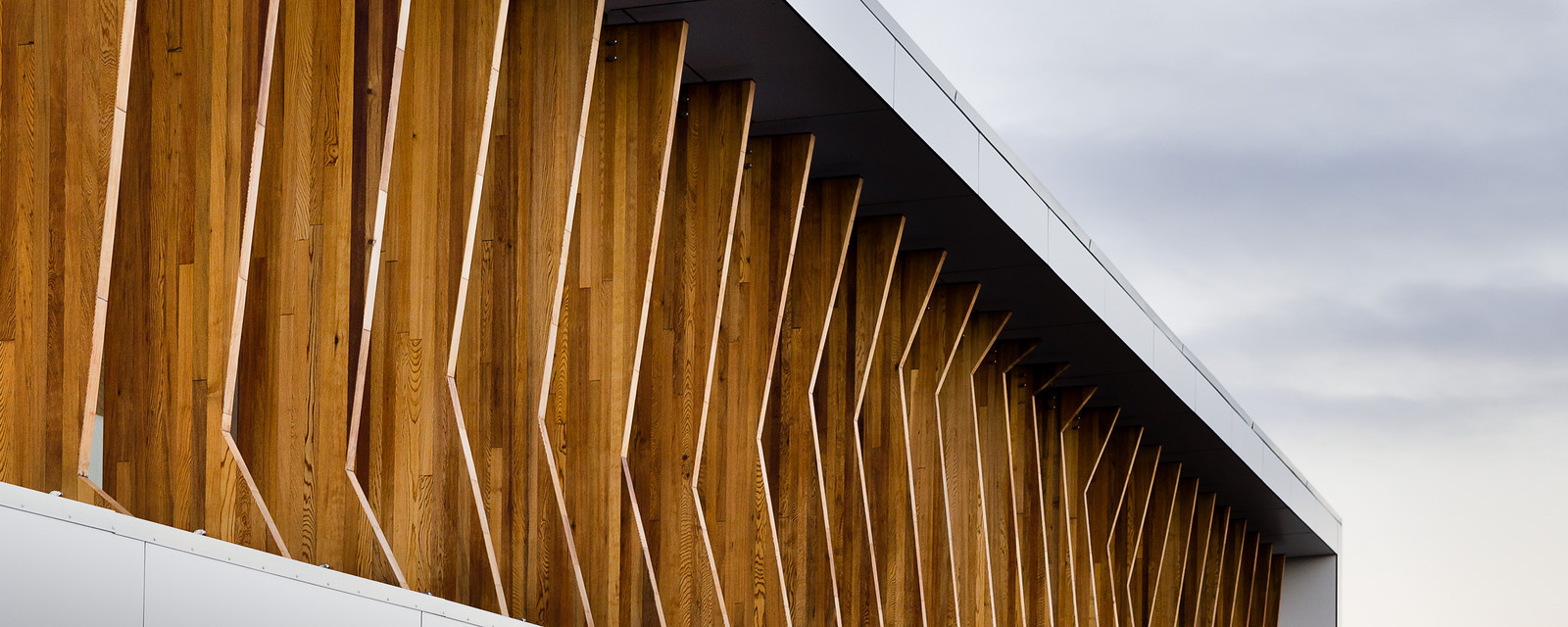KAPITI COAST DISTRICT COUNCIL





The project for the Kapiti Coast District Council came about through a request for a Concept Design Proposal from the council. Following formal appointment, the initial project brief was jointly reviewed to ensure the cost of the completed development could be contained within approved project budgets.
KCDC had operated from somewhat tired and cramped conditions that were not publicly accessible. The project afforded opportunity to address significant operational deficiencies and in a location that would become the gateway to the future Civic heart on the Kapiti Coast.
The approved Project Brief included requirements for substantial refurbishment to accommodate some 150 staff; capacity for future expansion; provision of a building with an appropriate civic presence; functional, adaptable, efficient and cost effective working environments; adoption of environmentally sustainable initiatives; a future-proofed building to cater for technology advancements, and most importantly a civic building that would be completely accessible.
The project vision was “to create a place where democracy is delivered, and seen to be delivered”.
The design response embodied partial demolition of the existing building, construction of a new two-storey extension, extensive seismic upgrades, a new public entry, new Council and Mayoral chambers, and provision of open plan offices within a public friendly environment for local residents and visitors.
Attention was paid to spatial planning to ensure appropriate integration of governance, management functions, and public spaces. In particular, the heart of governance on the Kapiti Coast is now a warm and welcoming destination, and the new heart of democracy. A new modular furniture solution was developed to provide optimum and cost-effective flexibility for many years ahead.
The completed building creates a civic gateway respectful of the form and scale of the adjoining public buildings and local Iwi. Significant attention has been given to the embodiment of sustainable design features including optimization of glazing and shading, responsive heating, cooling and lighting systems, passive thermal design initiatives with respect to the building envelope and structure, waste management systems, considered selection of local and sustainable materials and engagement of local suppliers and contractors.
AWARDS
NZ Commercial Project Awards (Silver Award Winner, 2014)
NZIA Wellington Architecture (Commercial Architecture, 2013)
